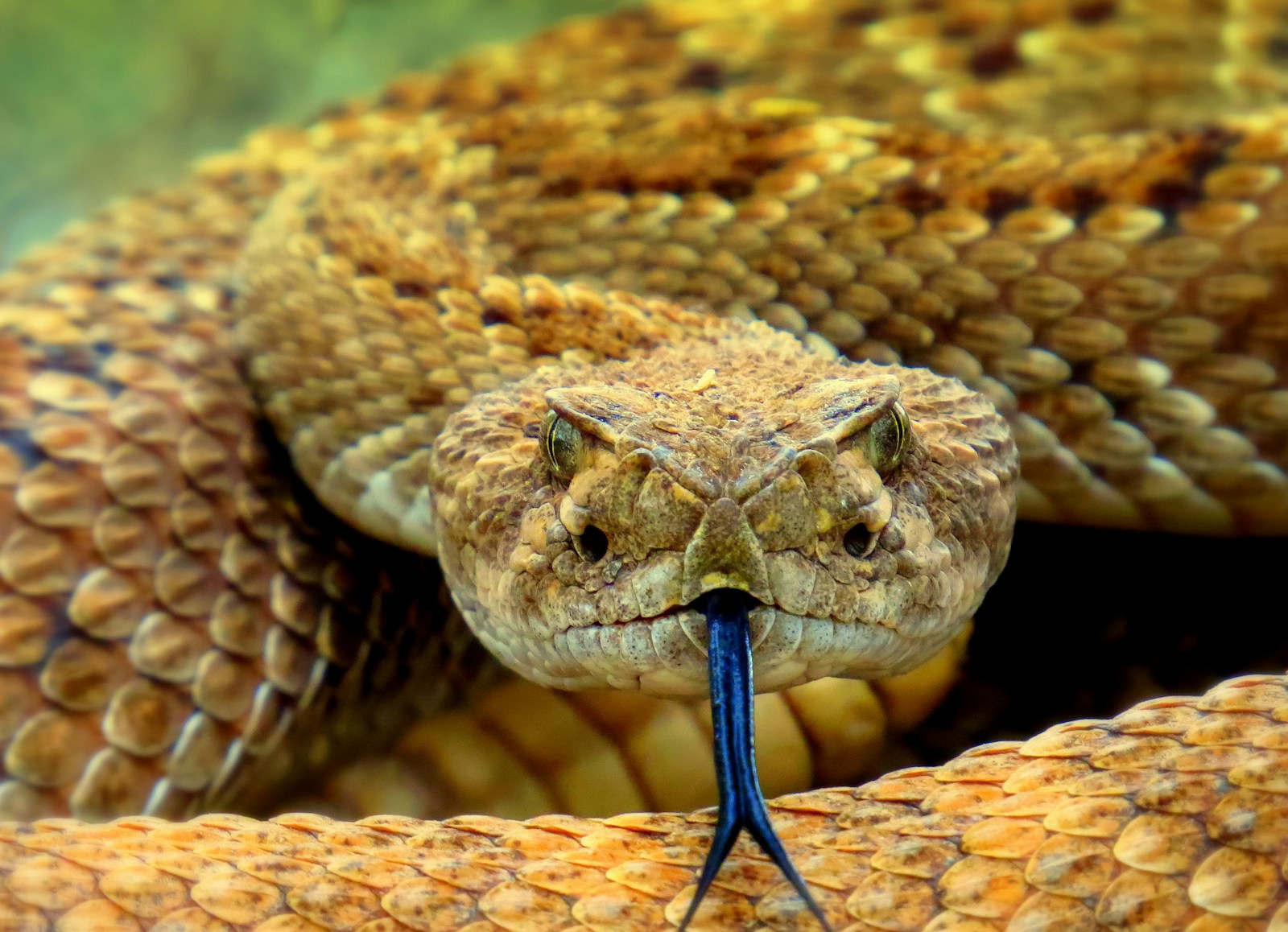The animal kingdom never ceases to amaze us with surprising cognitive abilities that challenge our understanding of non-human intelligence. While we’ve long associated self-recognition primarily with primates and other mammals like elephants and dolphins, recent research has revealed that certain snake species may also possess this remarkable capability. This discovery is reshaping our understanding of reptilian cognition and raising fascinating questions about the evolution of self-awareness across diverse animal groups. The ability of some snakes to recognize their own reflections represents a significant breakthrough in our understanding of animal cognition and suggests that self-awareness may be more widespread in the animal kingdom than previously believed.
The Mirror Test: A Classic Measure of Self-Recognition
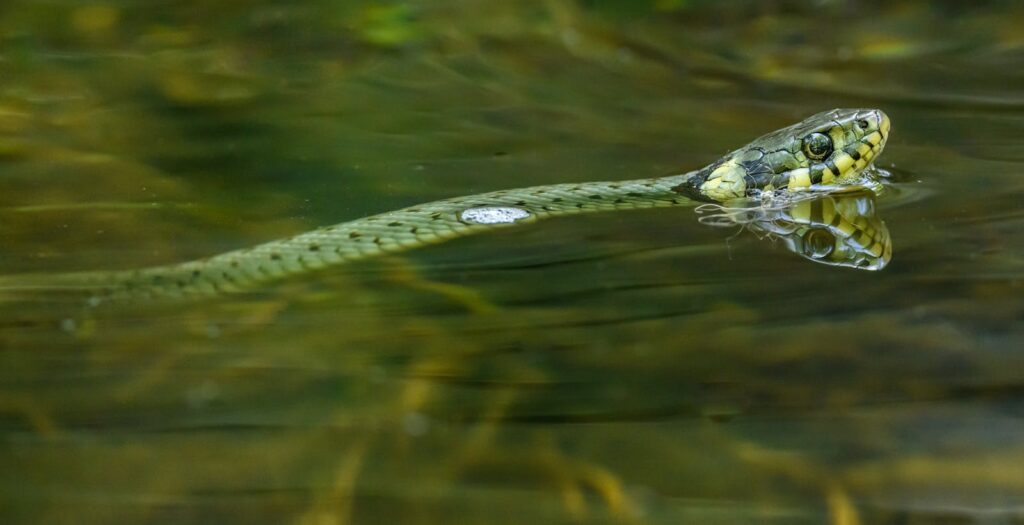
The mirror test has long been considered the gold standard for assessing self-recognition in animals. First developed by psychologist Gordon Gallup Jr. in 1970, the test typically involves placing a mark on an animal in a location they cannot see without a mirror, then observing whether they use their reflection to investigate the mark. This indicates they understand the reflection represents themselves rather than another animal. Traditionally, only great apes, elephants, dolphins, and a few bird species passed this test, creating a seemingly exclusive club of self-aware species. The application of modified versions of this test to snakes has required researchers to be creative in their methodology, given the different sensory systems and behaviors of reptiles compared to mammals.
Recent Discoveries in Snake Cognition
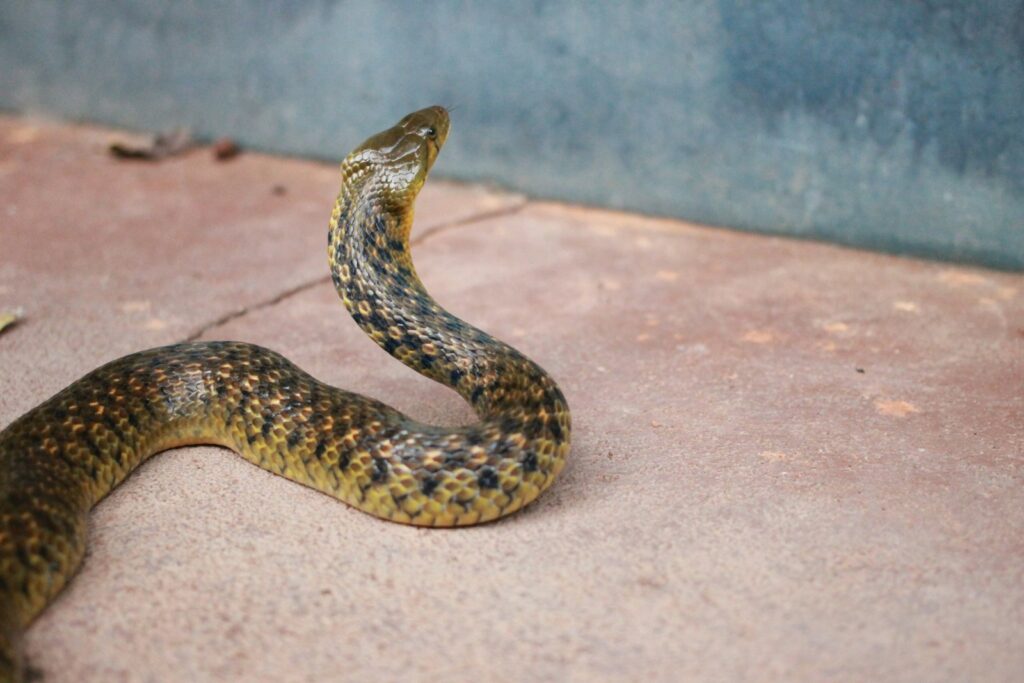
Scientific interest in snake cognition has grown significantly in recent years, challenging the outdated view of reptiles as primitive, instinct-driven creatures. Studies at institutions like the Laboratory of Reptile Neurobiology have demonstrated that snakes possess sophisticated learning abilities, including spatial memory and problem-solving skills. Particularly groundbreaking was a 2021 study that suggested certain snake species could distinguish their own reflection from another snake, demonstrating a primitive form of self-recognition. This research involved careful observation of behavioral differences when snakes encountered mirrors versus transparent barriers with another snake on the opposite side, revealing subtle but significant distinctions in their reactions.
Species Showing Self-Recognition Abilities
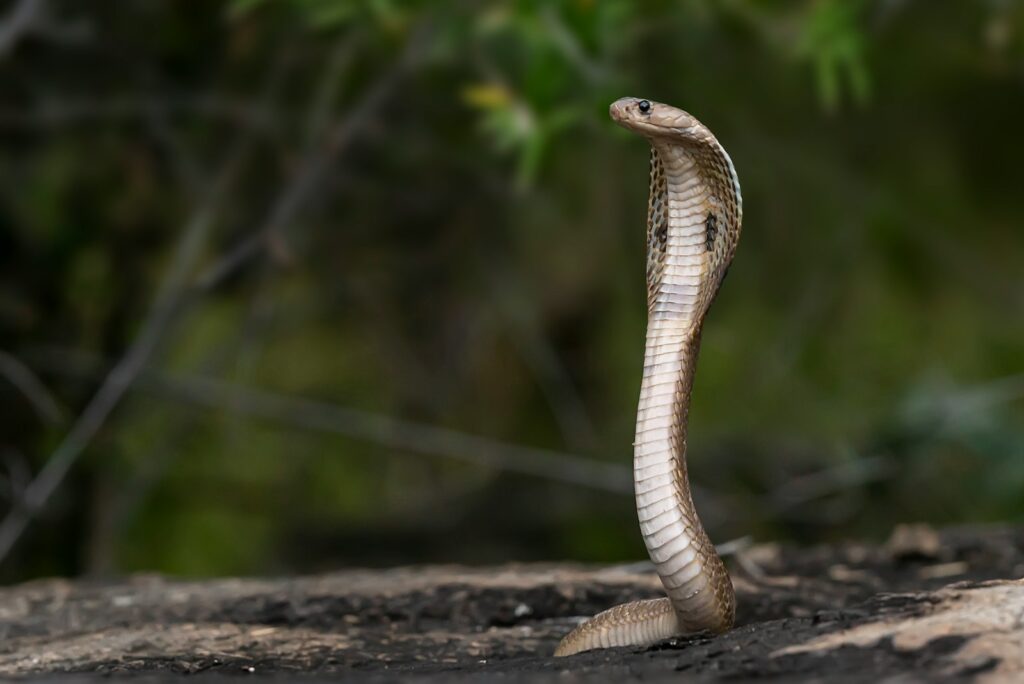
Not all snake species appear equally capable of self-recognition, with the ability seemingly concentrated in particular groups. Certain species of arboreal snakes, including some pythons and king cobras (Ophiophagus hannah), have demonstrated the most compelling evidence of self-recognition capabilities. Researchers theorize this may relate to their complex hunting strategies and territorial behaviors that benefit from enhanced cognitive abilities. Additionally, studies with captive-bred rat snakes (Pantherophis species) have shown promising results, with individuals demonstrating reduced defensive or aggressive behaviors toward their reflections over time. This suggests these species can learn that the reflection does not represent a competitor or threat.
The Unique Methodology of Testing Snakes
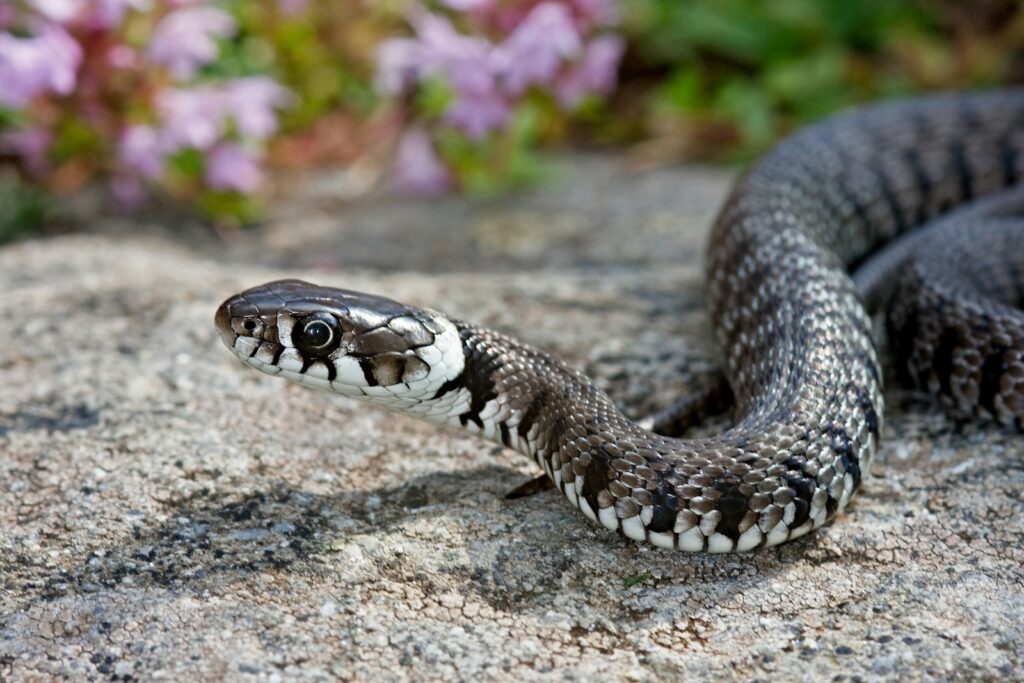
Testing self-recognition in snakes presents unique challenges that have required researchers to develop specialized methodologies. Unlike mammals, snakes cannot touch their bodies to investigate a mark, requiring alternative approaches to the classic mirror test. Scientists have instead focused on behavioral indicators, such as the distinct difference between how snakes react to their own reflection versus how they react to another snake. These include tracking tongue-flicking frequency, defensive posturing, and approach behaviors. Some innovative studies have used infrared markers on snakes’ bodies that they cannot see without a reflective surface, then observed whether their behavior indicated recognition of the unusual marking when presented with a mirror.
The Role of Vision in Snake Self-Recognition
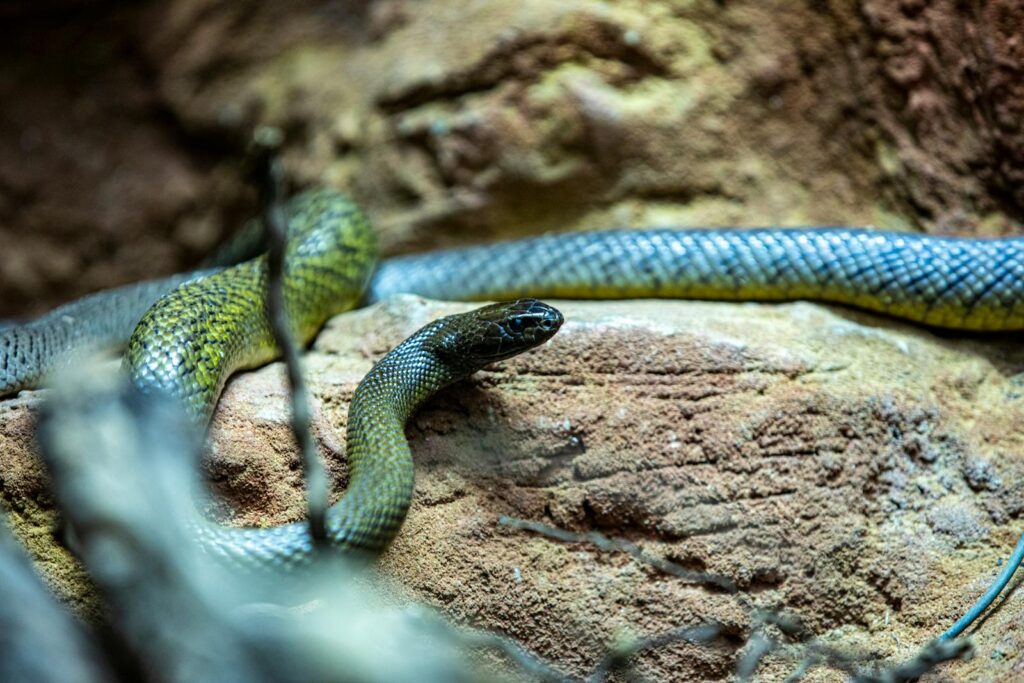
Contrary to popular misconception, many snake species have excellent vision that plays a crucial role in their potential for self-recognition. While some snakes rely heavily on chemical or heat sensing, species that have demonstrated self-recognition tendencies typically possess well-developed visual acuity. Arboreal species in particular often have forward-facing eyes and binocular vision that allow for depth perception, potentially contributing to their ability to interpret reflective surfaces. Research from ophthalmologists specializing in reptile vision suggests that these snake species can perceive fine details and movements in mirrors that would be necessary for self-recognition. This visual capability, combined with their predatory intelligence, creates the cognitive foundation that makes mirror recognition possible.
Brain Structures Supporting Self-Recognition
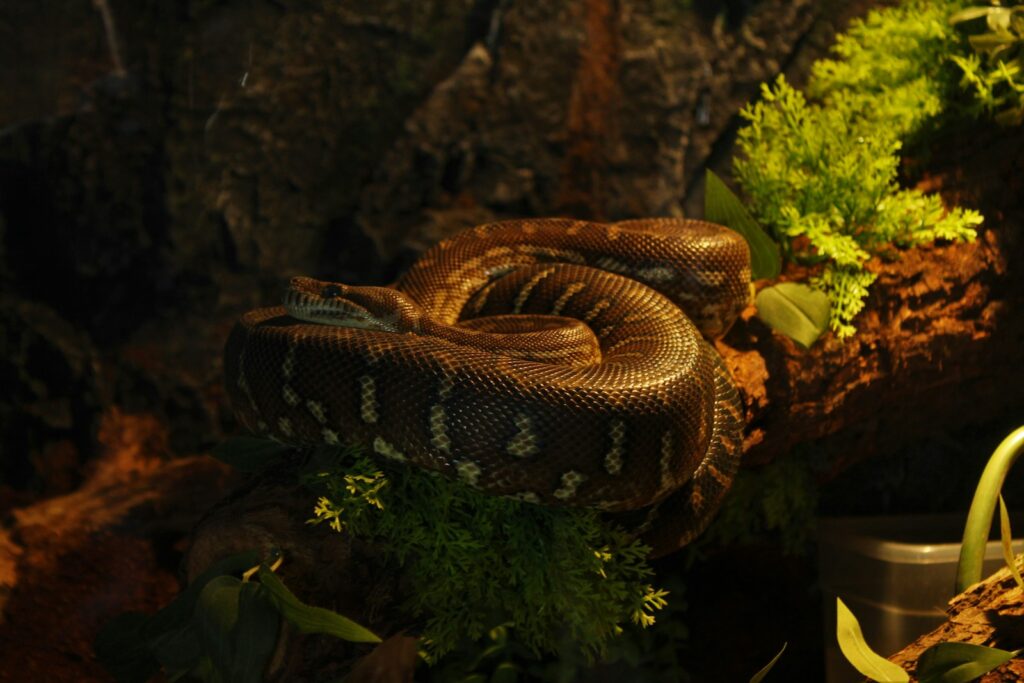
The neurological basis for self-recognition in snakes remains an active area of research, with scientists identifying several key brain structures that may support this ability. Despite having a brain structure quite different from mammals, snakes possess an expanded dorsal ventricular ridge, which some neuroscientists believe serves functions similar to parts of the mammalian cerebral cortex. Advanced neuroimaging studies have shown increased activity in the medial cortex of certain snake species when presented with mirrors, similar to patterns seen in self-recognizing mammals. Additionally, the optic tectum, which processes visual information in reptiles, is highly developed in species demonstrating self-recognition capabilities, suggesting a neurological infrastructure that supports this complex cognitive function.
The Evolutionary Advantage of Self-Recognition

The emergence of self-recognition capabilities in snakes raises fascinating questions about the evolutionary advantages this ability might confer. Recognizing oneself as distinct from others could provide significant benefits for territorial species, allowing them to conserve energy by not responding defensively to their own reflection in water or other natural reflective surfaces. For social snake species, this ability might facilitate more complex interactions within groups, potentially improving mating success or cooperative hunting. Evolutionary biologists suggest that self-recognition may have evolved independently multiple times across the animal kingdom, representing what’s known as convergent evolution – where similar traits develop separately in unrelated lineages due to similar selective pressures.
Social Complexity and Self-Recognition
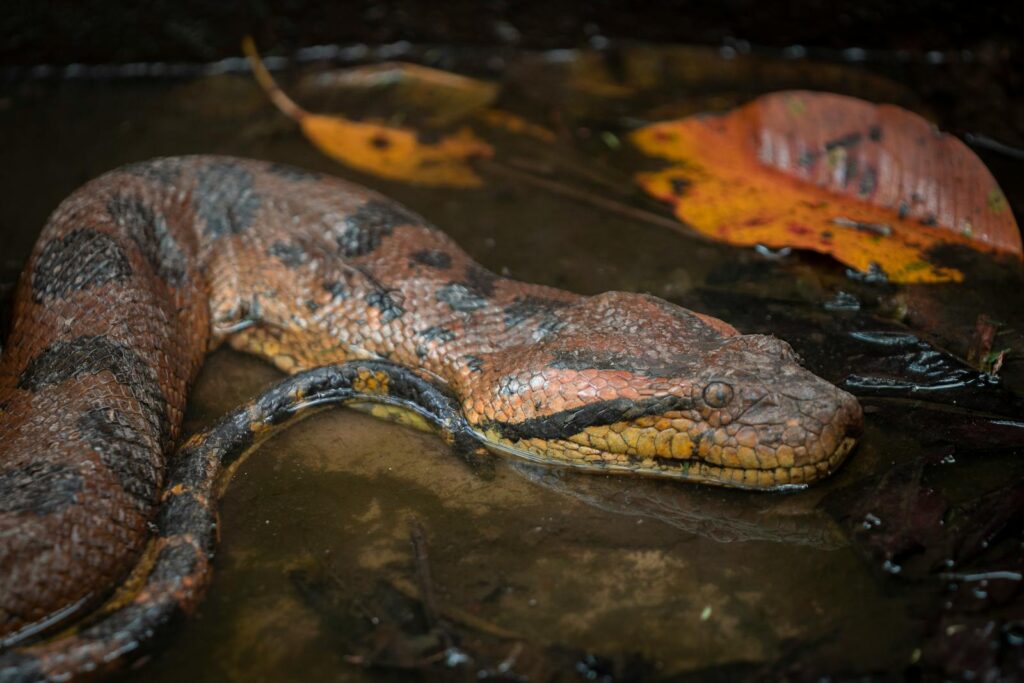
Intriguingly, some of the snake species showing self-recognition tendencies also demonstrate more complex social behaviors than previously acknowledged. King cobras, for instance, exhibit parental care – a rarity among snakes – and maintain complex territories that they navigate and defend. Researchers have observed that these more socially complex snake species typically show stronger evidence of self-recognition capabilities. This correlation mirrors findings in mammals, where social complexity often correlates with self-awareness. These observations support the “social intelligence hypothesis,” which suggests that recognition of self and others co-evolved as part of the cognitive toolkit necessary for navigating complex social environments, even in species not traditionally considered highly social.
Challenges to Traditional Views of Reptilian Cognition
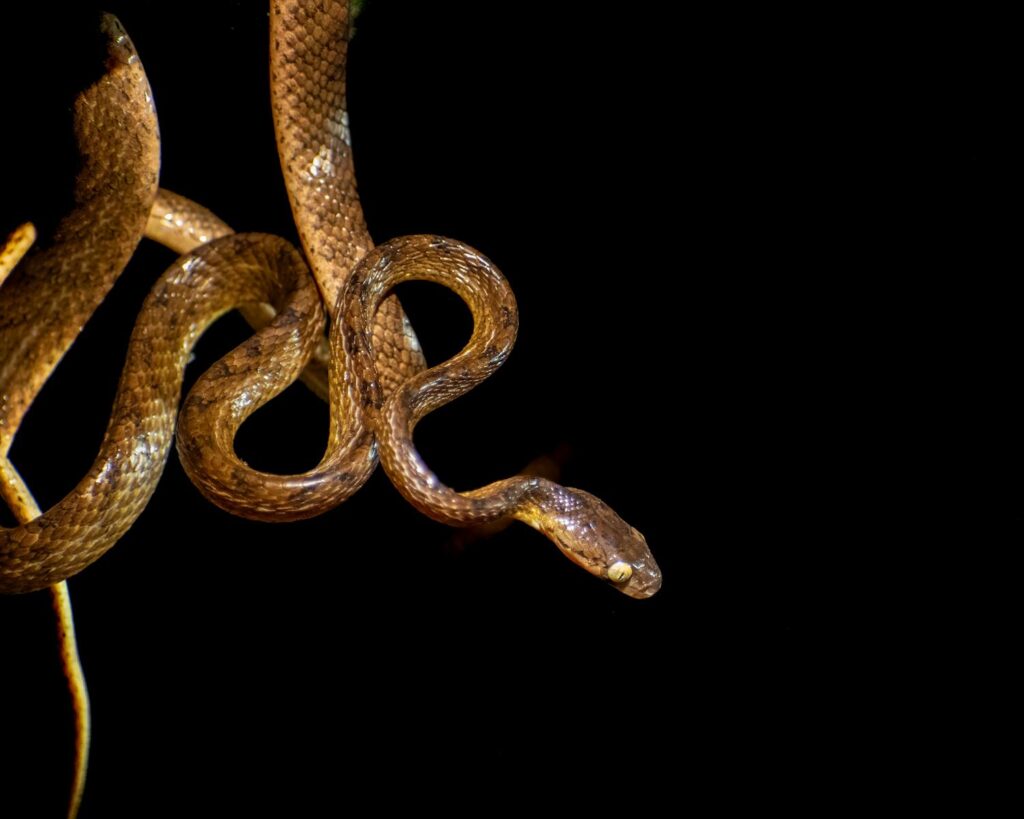
The discovery of self-recognition capabilities in snakes fundamentally challenges long-held assumptions about reptilian cognitive limitations. For decades, the scientific community largely viewed reptiles as operating primarily on instinct, with limited capacity for complex cognition or awareness. These new findings join a growing body of evidence suggesting reptiles possess far more sophisticated cognitive abilities than previously credited. Herpetologists now argue that the relative simplicity of the reptilian brain compared to mammals led researchers to underestimate its capabilities and efficiency. This paradigm shift has sparked a renaissance in reptile cognition research, with scientists revisiting assumptions about learning, memory, and awareness across reptilian species.
Implications for Animal Welfare and Conservation
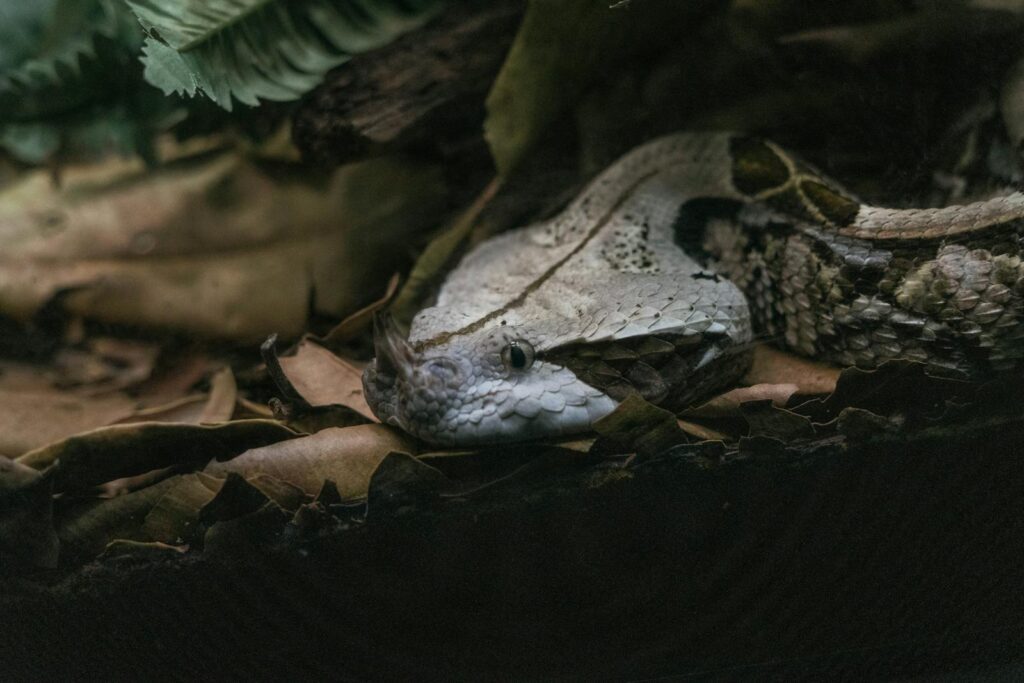
Recognizing higher cognitive functions in snakes has significant implications for both captive animal welfare and conservation efforts. If certain snake species can recognize themselves, this suggests they possess a level of awareness that should inform how we house and care for them in captivity. Zoos and reptile facilities may need to reconsider enclosure designs, potentially incorporating appropriate visual barriers or enrichment that acknowledges this cognitive capacity. From a conservation perspective, understanding the complex cognitive lives of snakes may increase public appreciation for these often-maligned creatures. Conservation psychologists have noted that people are more likely to support protection efforts for animals they perceive as intelligent or self-aware, potentially benefiting snake conservation programs worldwide.
Ongoing Research and Future Directions
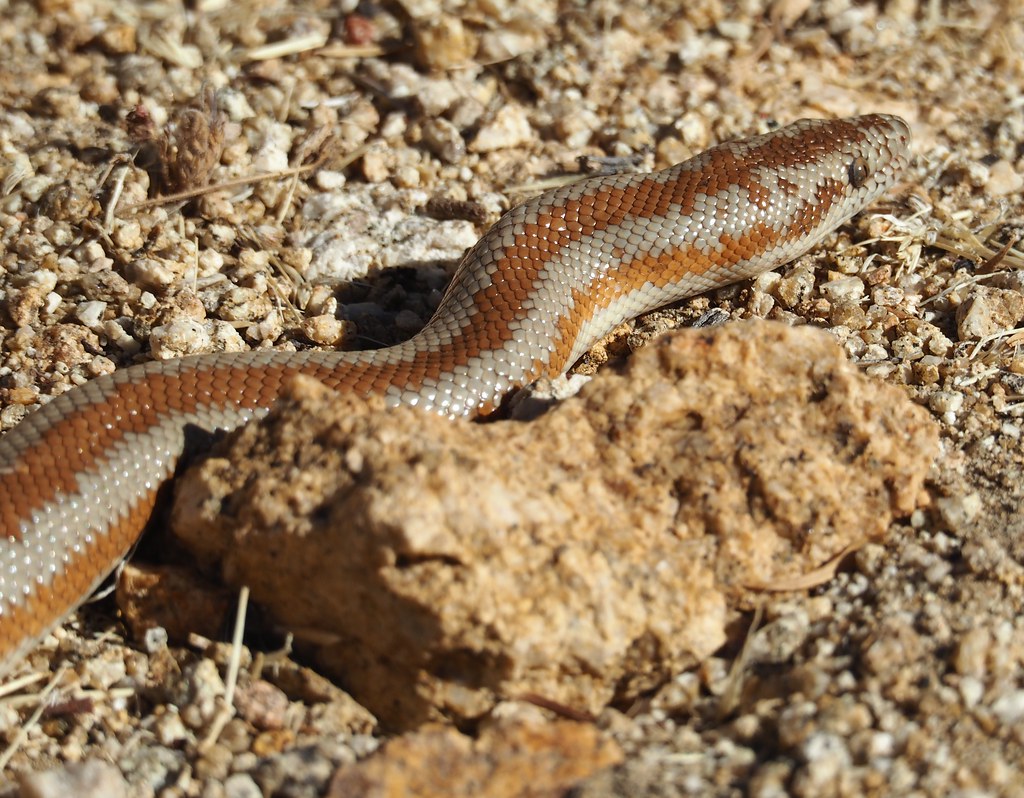
The field of snake cognition, particularly regarding self-recognition, remains in its infancy with numerous exciting research directions emerging. Scientists are developing increasingly sophisticated methods to test self-recognition that account for snakes’ unique sensory systems and behavioral patterns. Some researchers are exploring potential correlations between habitat complexity and self-recognition abilities, hypothesizing that species navigating more complex environments might have developed enhanced cognitive mapping that includes self-recognition. Additionally, comparative studies across reptile groups are investigating whether this ability appears in other reptilian lineages such as lizards or crocodilians. The integration of advanced neuroimaging techniques specifically adapted for reptile brains promises to reveal more about the neural mechanisms supporting these cognitive abilities.
Challenging Our Understanding of Consciousness

Perhaps the most profound implication of snake self-recognition is how it challenges our fundamental understanding of consciousness and its evolution. If self-recognition—often considered a marker of self-awareness—exists in a lineage that diverged from mammals more than 300 million years ago, it suggests that either the foundations of consciousness are extremely ancient or that consciousness has evolved independently multiple times. Philosophers of science and comparative psychologists are now grappling with these findings, reconsidering theories about the emergence and nature of consciousness itself. This has sparked interdisciplinary dialogues between neuroscientists, evolutionary biologists, and philosophers about how we define and identify consciousness across the animal kingdom and what snake self-recognition tells us about the spectrum of awareness in non-human animals.
Conclusion: Redefining Our Understanding of Reptilian Minds
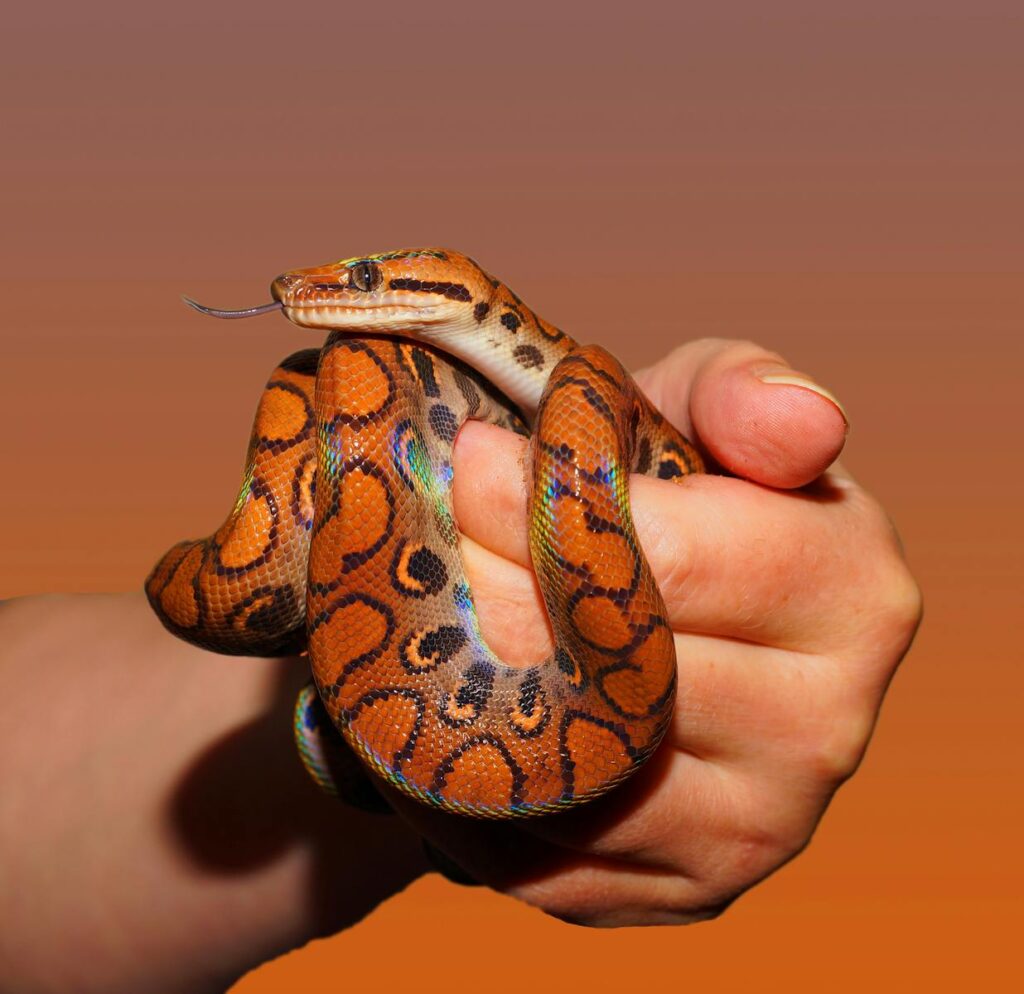
The emerging evidence that some snakes can recognize their own reflections represents a paradigm shift in our understanding of reptilian cognition. These findings invite us to reconsider long-held assumptions about the cognitive capabilities of non-mammalian species and the evolution of self-awareness. As research continues to unveil the complex inner lives of snakes and other reptiles, we are gaining a deeper appreciation for the diverse ways intelligence and awareness manifest across the animal kingdom. This growing body of knowledge not only expands our scientific understanding but also carries ethical implications for how we interact with, care for, and conserve these remarkable creatures. The humble snake, often feared or misunderstood, may now join the ranks of animals that help us better understand the nature and origins of self-awareness itself.

